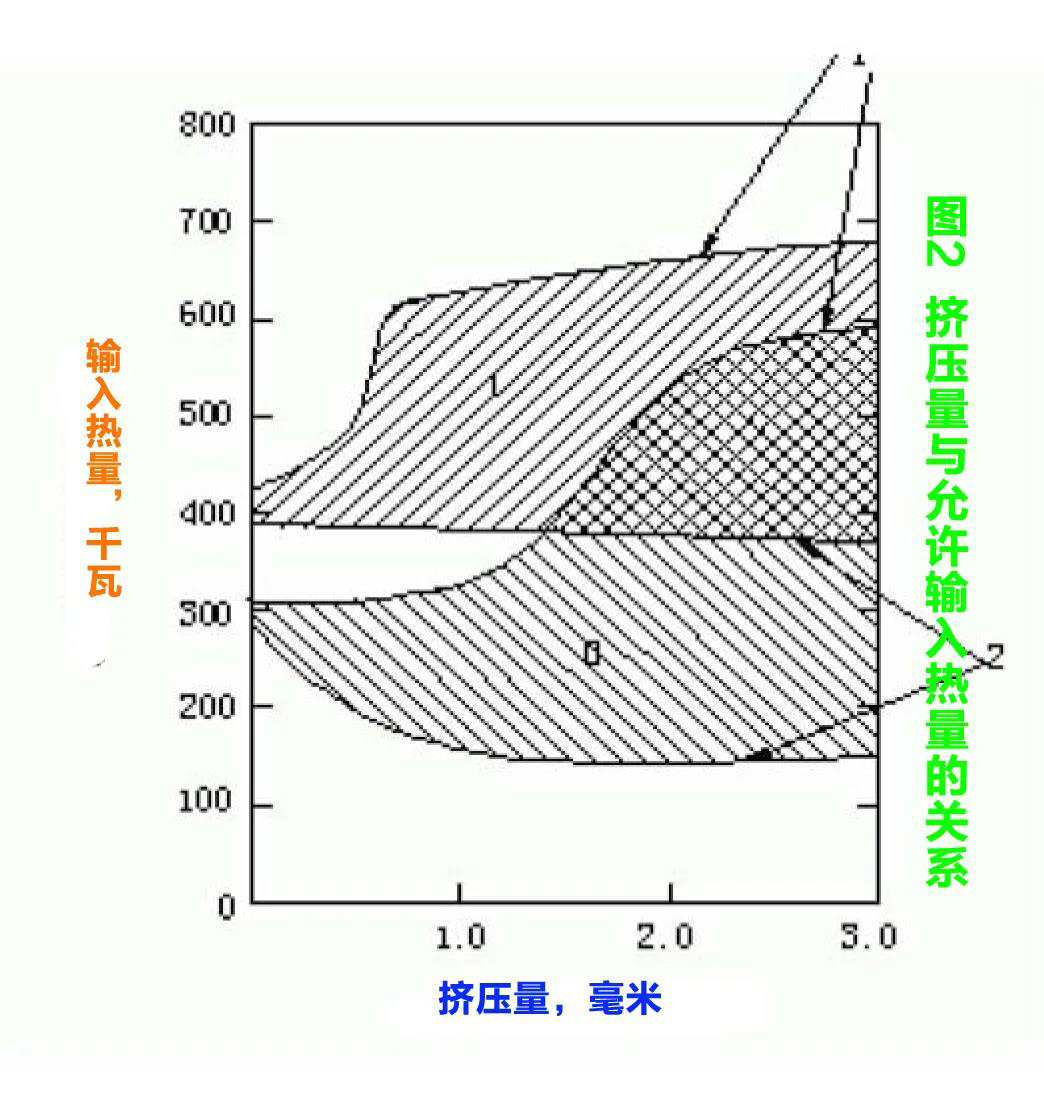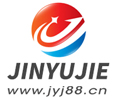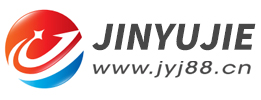Used roll forming machines, Introduction of welding heat affected zone
- Sort:Information
- Auth:
- Source:
- Release time:2021-11-07 11:30
- Pvs:
【概要描述】A complete production line of the used roll forming machines consists of two areas: a fusion zone and a heat-affected zone. The fusion zone is a narrow weld. Welding theory and practice have pointed out that welding quality lies not only in the weld, but also in the welding heat-affected zone; in some cases, the heat-affected zone has more deficiencies than welds, and it is also complicated. This is in the welding of high-strength alloys. This is especially noticeable when using steel pipes. Therefore, the study of the transformation of the structure and properties of the tube blank in the heat-affected zone has very important practical significance for the weld strength and the quality of the welded tube.
Used roll forming machines, Introduction of welding heat affected zone
【概要描述】A complete production line of the used roll forming machines consists of two areas: a fusion zone and a heat-affected zone. The fusion zone is a narrow weld. Welding theory and practice have pointed out that welding quality lies not only in the weld, but also in the welding heat-affected zone; in some cases, the heat-affected zone has more deficiencies than welds, and it is also complicated. This is in the welding of high-strength alloys. This is especially noticeable when using steel pipes. Therefore, the study of the transformation of the structure and properties of the tube blank in the heat-affected zone has very important practical significance for the weld strength and the quality of the welded tube.
- Sort:Information
- Auth:
- Source:
- Release time:2021-11-07 11:30
- Pvs:
A complete production line of the used roll forming machines consists of two areas: a fusion zone and a heat-affected zone. The fusion zone is a narrow weld. Welding theory and practice have pointed out that welding quality lies not only in the weld, but also in the welding heat-affected zone; in some cases, the heat-affected zone has more deficiencies than welds, and it is also complicated. This is in the welding of high-strength alloys. This is especially noticeable when using steel pipes. Therefore, the study of the transformation of the structure and properties of the tube blank in the heat-affected zone has very important practical significance for the weld strength and the quality of the welded tube.
The structure and morphology of the welding heat-affected zone is closely related to the carbon equivalent of steel. The welding heat-affected zone of the used roll forming machines belongs to the low carbon equivalent range, which consists of coarse grain area (overheated area), phase change and recrystallization area, and incomplete Recrystallization zone, recrystallization zone and age embrittlement zone are formed.

(1) Coarse grain area (overheated area).
The temperature is between 1400 and 1100°C, the closer to the fusion zone (weld), the higher the temperature; it is mainly manifested by some refractory points such as carbides and oxides dissolved in austenite and austenite crystals on the solidus line. Coarse grains. Coarse austenite is very easy to produce hot Widmanite structure during the cooling process, resulting in a decrease in toughness.
(2) Phase change recrystallization zone.
The temperature is between 1100 and 850°C, above the Ac3 line; when heated, recrystallization changes occur, so that the grains are refined; it is equivalent to the normalized structure of low carbon steel and has good comprehensive mechanical properties.
(3) Incomplete recrystallization zone.
When the temperature is between 850°C and 700°C, only part of the metal in this region undergoes recrystallization phase transition; the coarse and fine grain regions of the original ferrite coexist and mix, and the mechanical properties are poor.
(4) Recrystallization zone.
The temperature is between 700°C and 500°C, the internal structure of the metal does not change after heating, only the shape of the grain changes; it is equiaxed ferrite grains, the strength and hardness are less than the base material, and the plasticity and toughness are improved. It is the softened area of the weld.
(5) Aging embrittlement zone.
The temperature is between 500 and room temperature, the metal structure is close to the base metal; the longer the storage time, the closer the structure and performance to the base metal.
Therefore, there will be different welding heat affected areas at different temperatures, and proper operation at different temperatures is helpful.
According to the analysis of the welding heat-affected zone of the used roll forming machines, not only the welding process can be better perfected, but it is also helpful to understand the formation and distribution of welding stress on the welded pipe.
Part of the content of this site comes from the Internet. This site only provides information storage. The copyright belongs to the original author. It does not bear the relevant legal responsibility and does not represent the views and positions of this site. Please contact and delete it if there is any infringement.
More News

Time of issue : 2023-10-31

Time of issue : 2023-10-28

Time of issue : 2023-10-25

Time of issue : 2023-10-22
Wechat: 13392281699
Email: zty@usedpipemill.com
Company address:No. A99, East Lecong Avenue, Lecong Town, Foshan City, Guangdong Province
Recommendation
Online Inquiry
LINK
Contact Us
Tel (wechat): 13336487288
Wechat:+86 13336487288
WhatsApp:+86 13336487288
Email: zty@usedpipemill.com
Address: No. A99, Lecong Avenue East, Lecong Town, Foshan City, Guangdong Province










